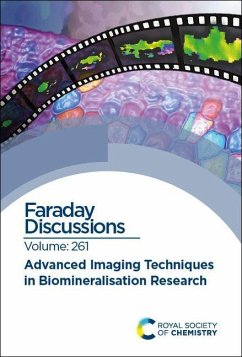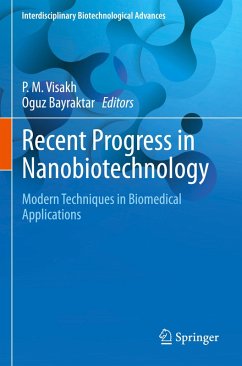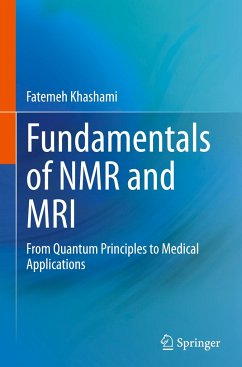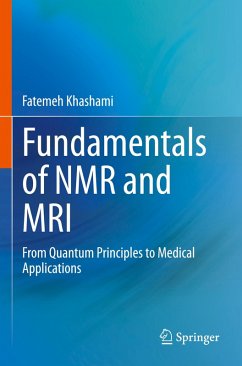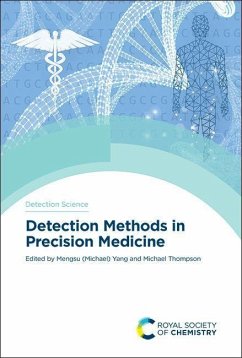
Advanced Image Fusion Techniques for Medical Imaging
Trends, Applications, and Future Directions

PAYBACK Punkte
62 °P sammeln!
"Advanced Image Fusion Techniques for Medical Imaging: Trends, Applications, and Future Directions" is a comprehensive exploration of cutting-edge image fusion methodologies in the realm of medical imaging. This timely work addresses the growing need for advanced techniques to integrate and analyze multi-modal medical images, offering healthcare professionals and researchers a valuable resource for improving diagnostic accuracy and patient outcomes.The book provides a thorough examination of both conventional and deep learning-based fusion strategies, covering a wide spectrum of applications i...
"Advanced Image Fusion Techniques for Medical Imaging: Trends, Applications, and Future Directions" is a comprehensive exploration of cutting-edge image fusion methodologies in the realm of medical imaging. This timely work addresses the growing need for advanced techniques to integrate and analyze multi-modal medical images, offering healthcare professionals and researchers a valuable resource for improving diagnostic accuracy and patient outcomes.
The book provides a thorough examination of both conventional and deep learning-based fusion strategies, covering a wide spectrum of applications in medical image processing. From noise reduction and image enhancement to segmentation and classification, the authors present a detailed analysis of how image fusion can be leveraged to overcome the limitations of individual imaging modalities. Real-world case studies and practical examples throughout the text demonstrate the tangible benefits of these techniques in clinical settings. Looking beyond current applications, this forward-thinking volume also explores emerging trends and future directions in medical image fusion. By addressing challenges and potential impacts on healthcare practices, the authors offer readers a glimpse into the future of medical imaging.
This book serves as an essential guide for researchers in biomedical engineering, medical professionals specializing in radiology and medical imaging, and graduate students in computer science, electrical engineering, biomedical engineering. This diverse audience reflects the book's comprehensive approach to advanced image fusion techniques in medical imaging, covering both theoretical foundations and practical applications.
The book provides a thorough examination of both conventional and deep learning-based fusion strategies, covering a wide spectrum of applications in medical image processing. From noise reduction and image enhancement to segmentation and classification, the authors present a detailed analysis of how image fusion can be leveraged to overcome the limitations of individual imaging modalities. Real-world case studies and practical examples throughout the text demonstrate the tangible benefits of these techniques in clinical settings. Looking beyond current applications, this forward-thinking volume also explores emerging trends and future directions in medical image fusion. By addressing challenges and potential impacts on healthcare practices, the authors offer readers a glimpse into the future of medical imaging.
This book serves as an essential guide for researchers in biomedical engineering, medical professionals specializing in radiology and medical imaging, and graduate students in computer science, electrical engineering, biomedical engineering. This diverse audience reflects the book's comprehensive approach to advanced image fusion techniques in medical imaging, covering both theoretical foundations and practical applications.




